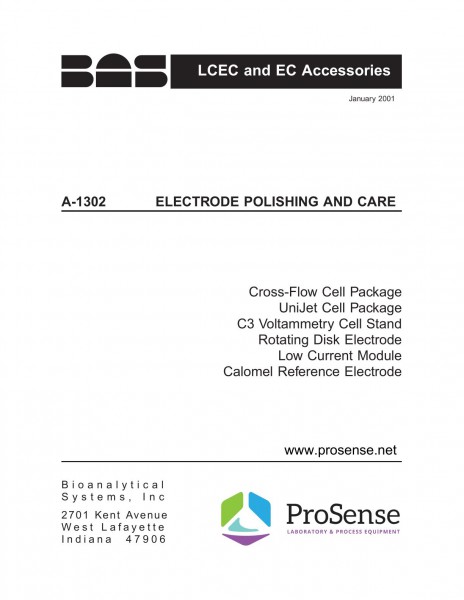Electrode Polishing and Care

9 October 2023
The objective of polishing the electrode is to remove the redox reaction products that accumulate during some experiments. The rate of electrode coating (and corresponding decrease in responsiveness) depends on:- The analyte molecule
- The concentration of the analyte molecule
- The composition of the electrolyte solution (including pH)
- The applied potential
- The frequency of use
redox products, and deals with much lower concentrations of analytes than does voltammetry. Electrodes also can accumulate material by adsorption from the atmosphere. For example, components in cigarette smoke and aerosols of various compositions can affect electrode performance. Silver is easily oxidized under such conditions and should be carefully repolished to remove oxides prior to use.
There are many rumors and horror stories about electrode polishing. There are also some homemade polishing recipes that we specifically discourage. The use of concentrated acid is one. Use of jeweler’s rouge, toothpaste, Aunt Ruth’s fruitcake (vintage 1972) and other abrasive compounds should be fervently avoided. Many of these home remedies do not work and may harm the electrode.
One thing is certain: The need for polishing varies dramatically with the application.
For a guideline polishing and care, please download this small booklet <here>.

